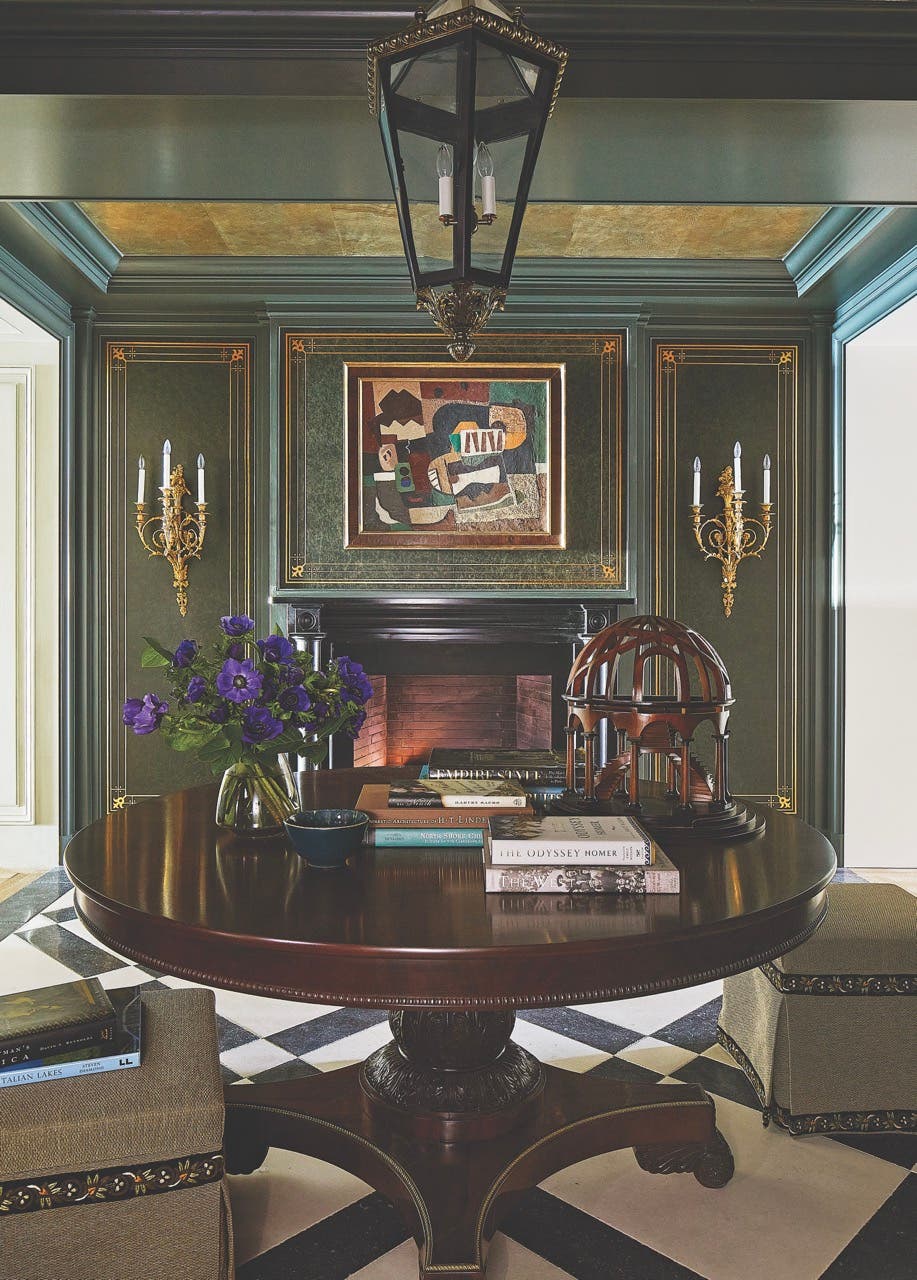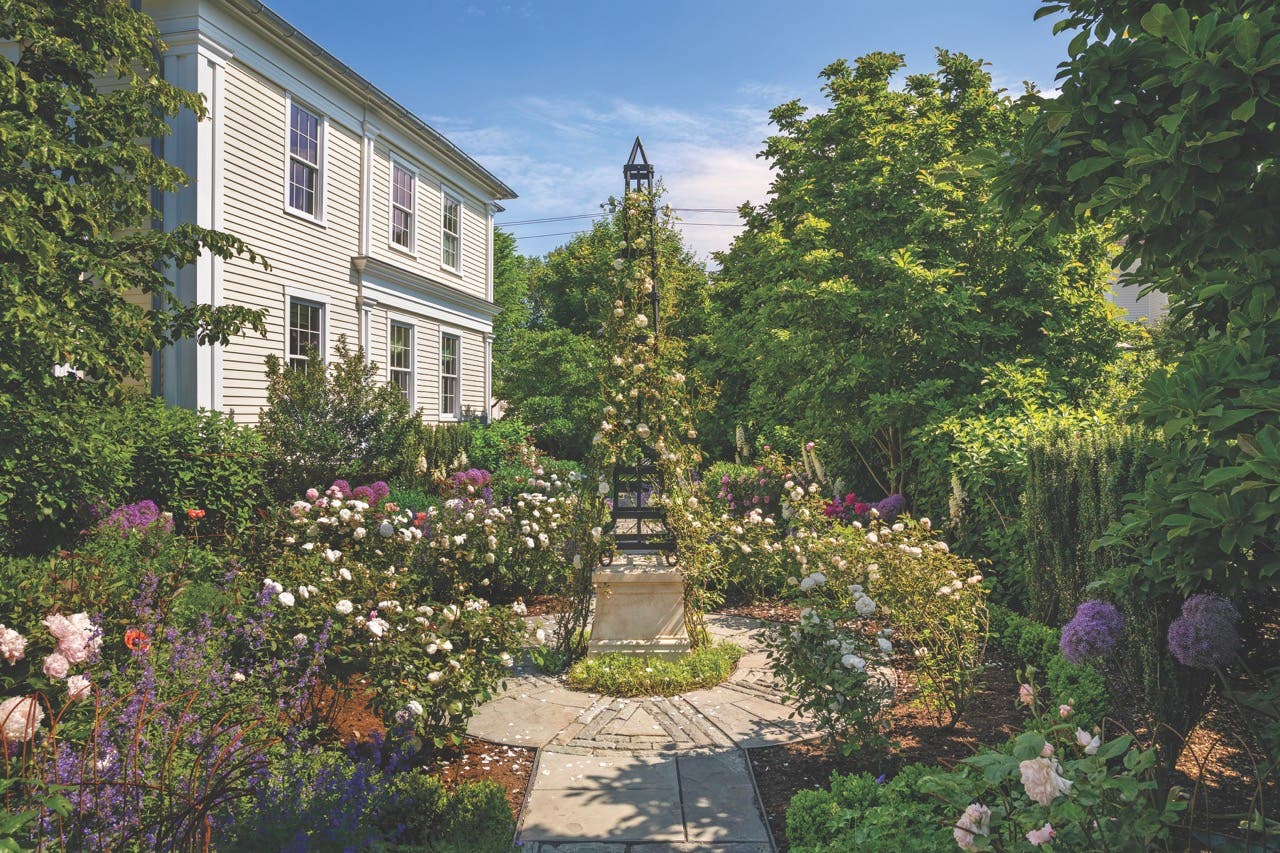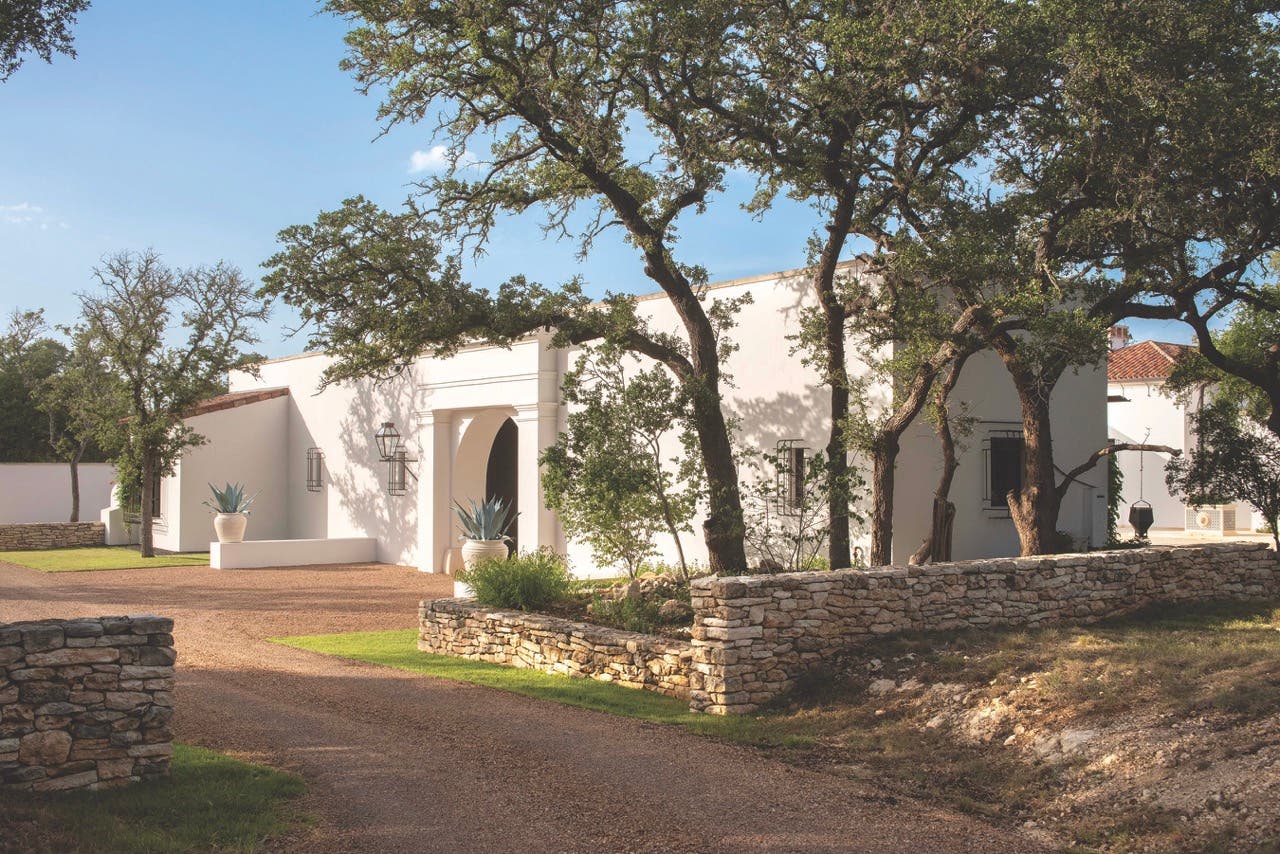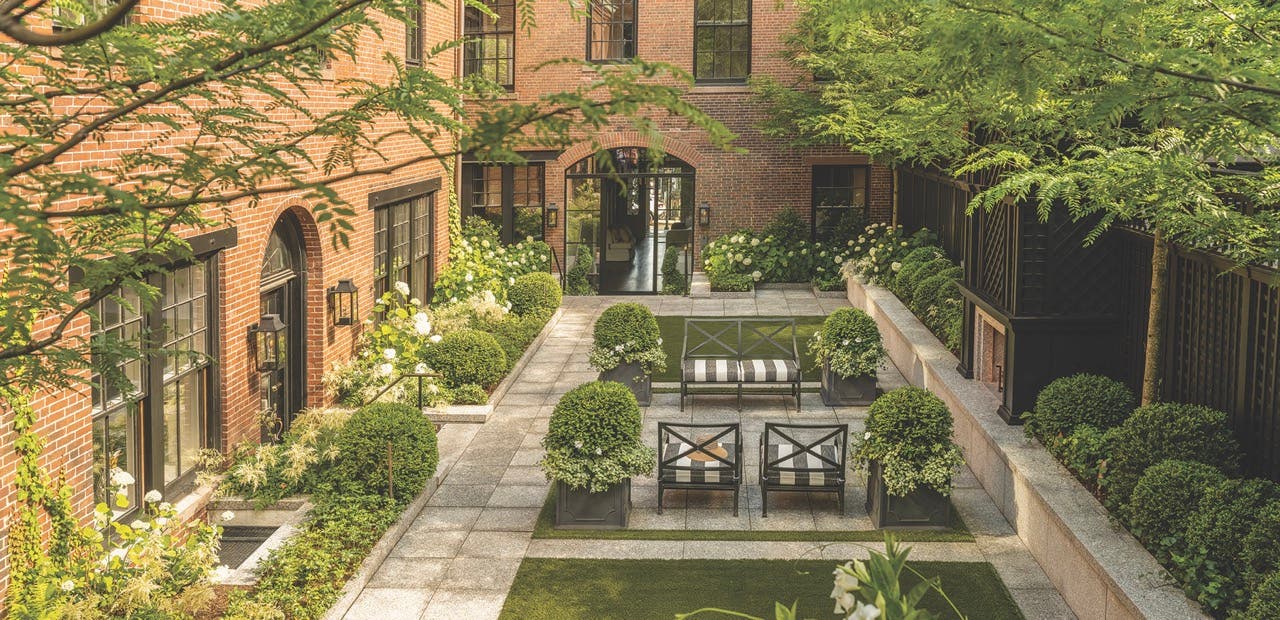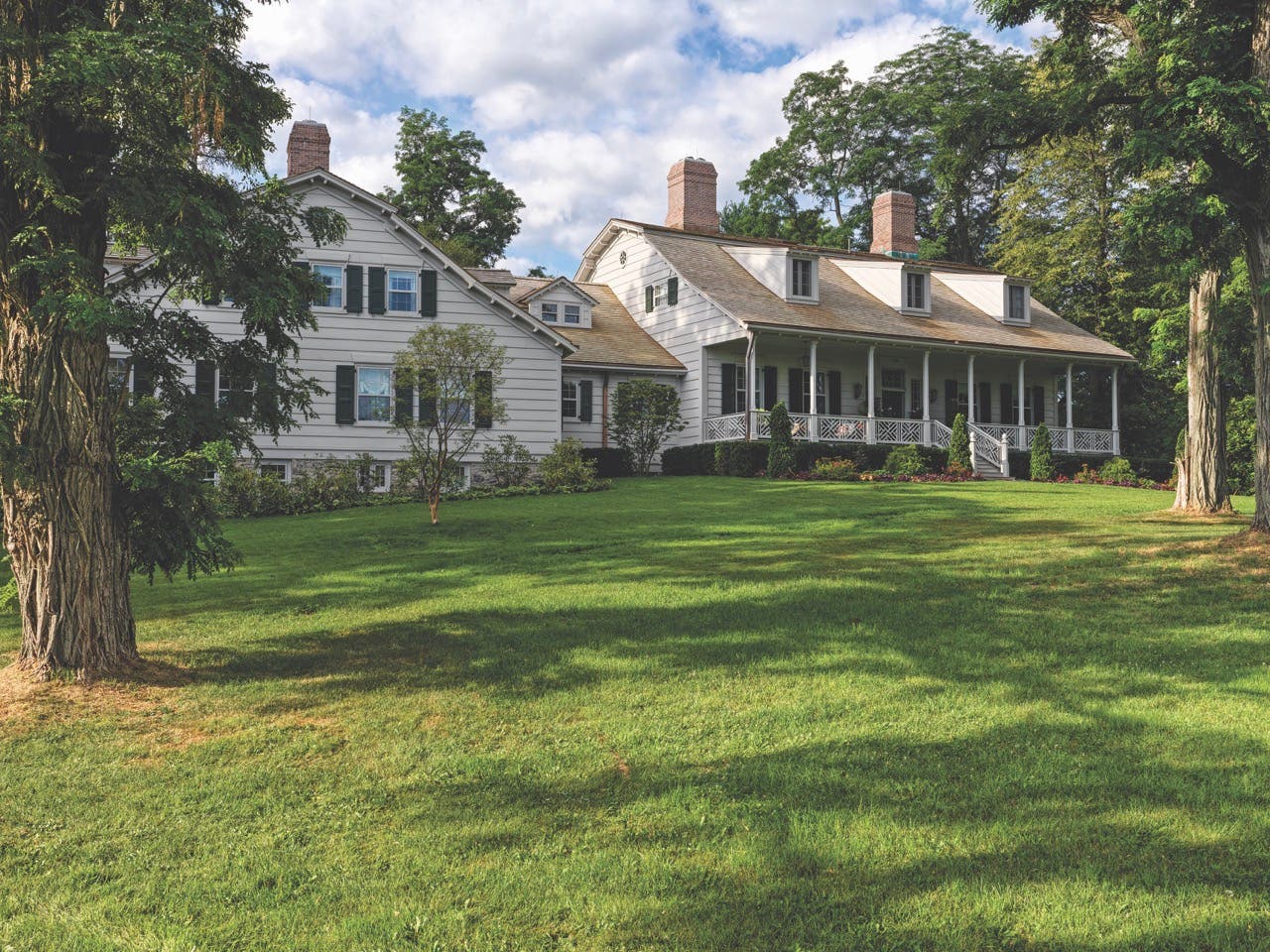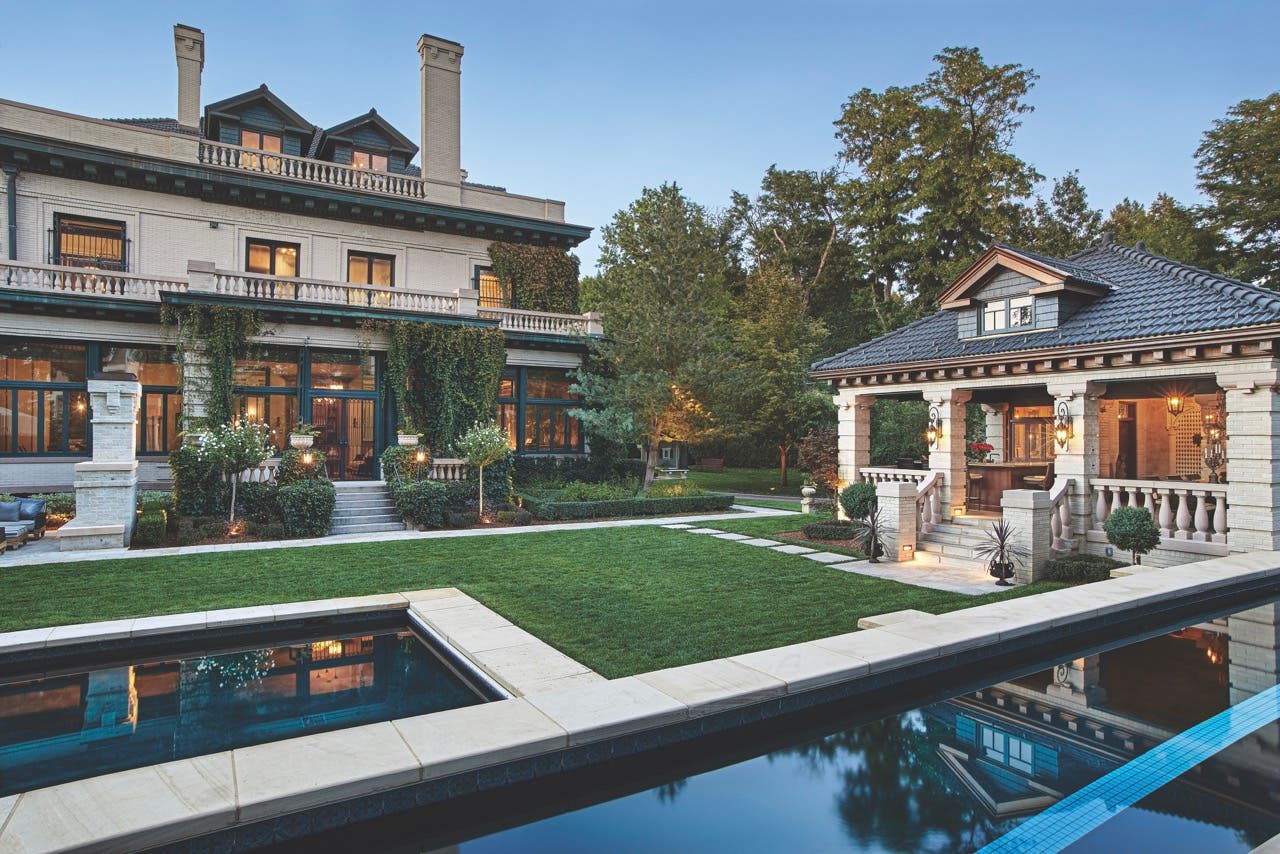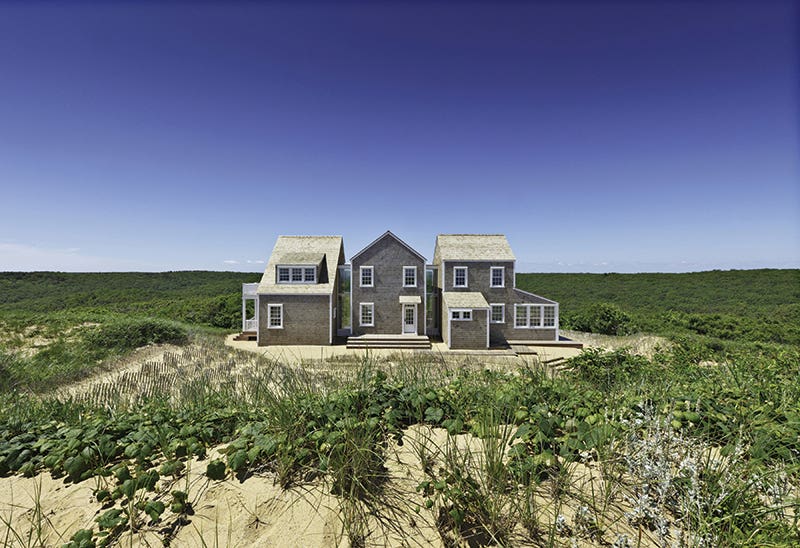
Palladio Awards
David Jones’ Cape Cod Cottage
2013 PALLADIO AWARDS
New Construction – less than 5,000 sq.ft.
Winner: David Jones Architects

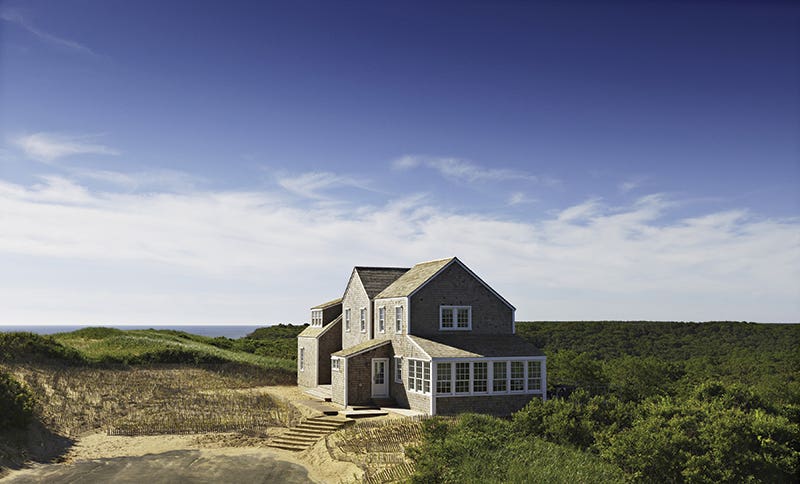
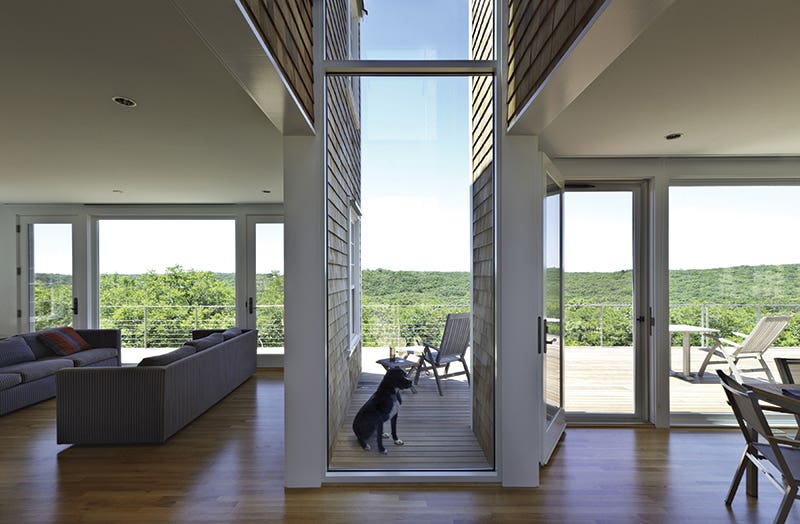
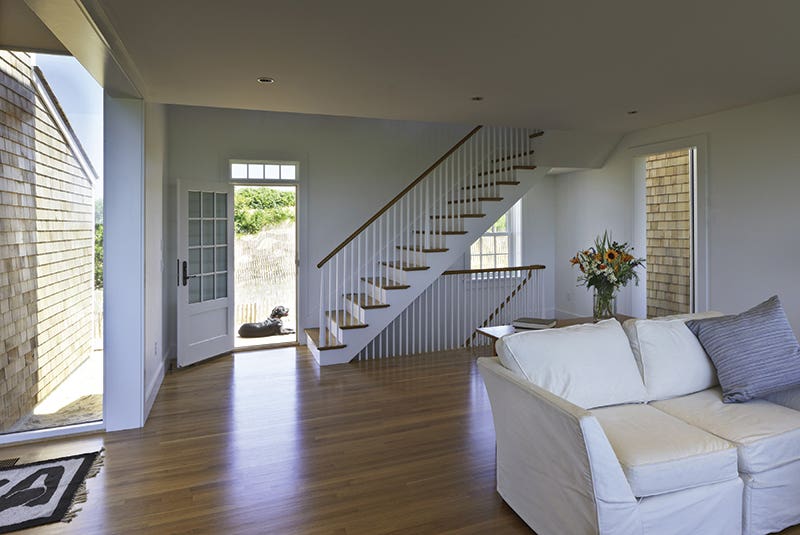
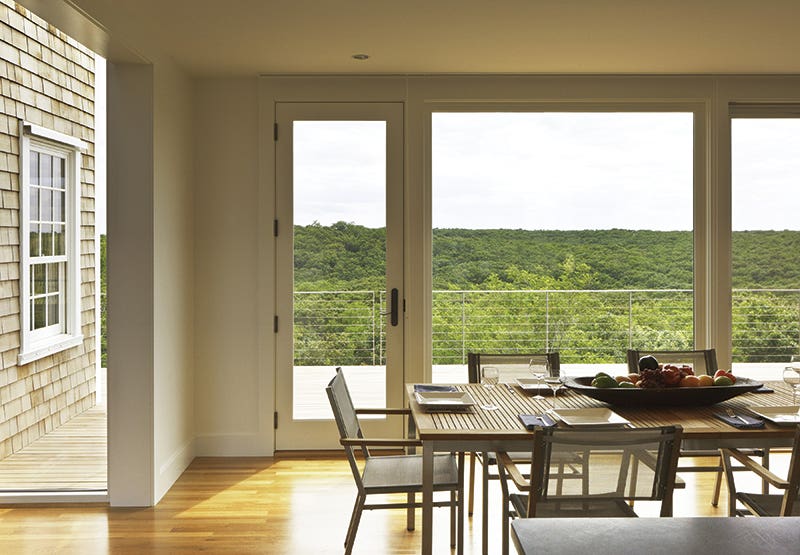
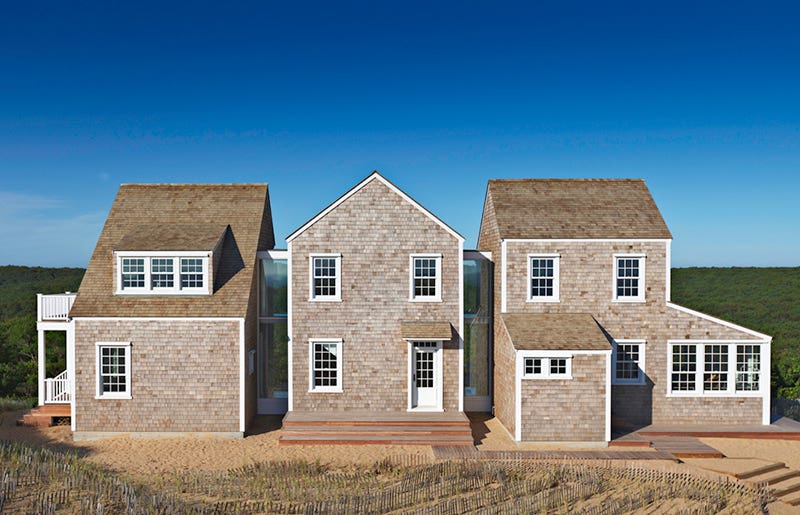
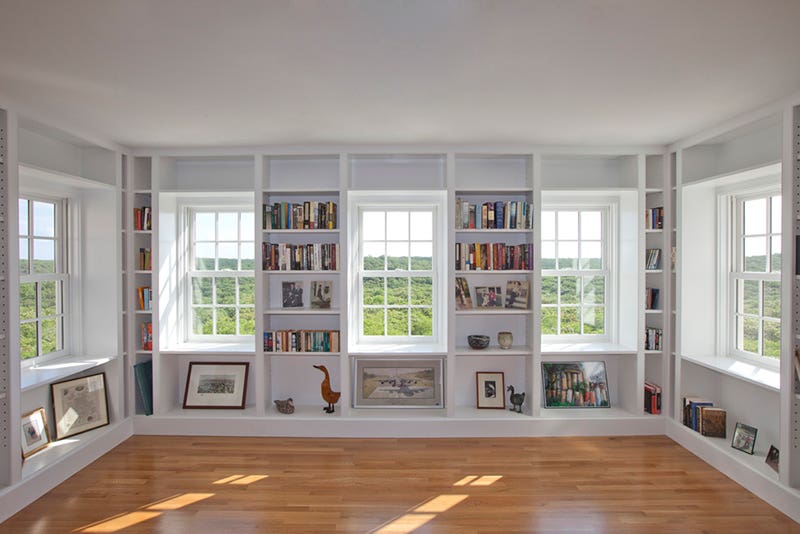
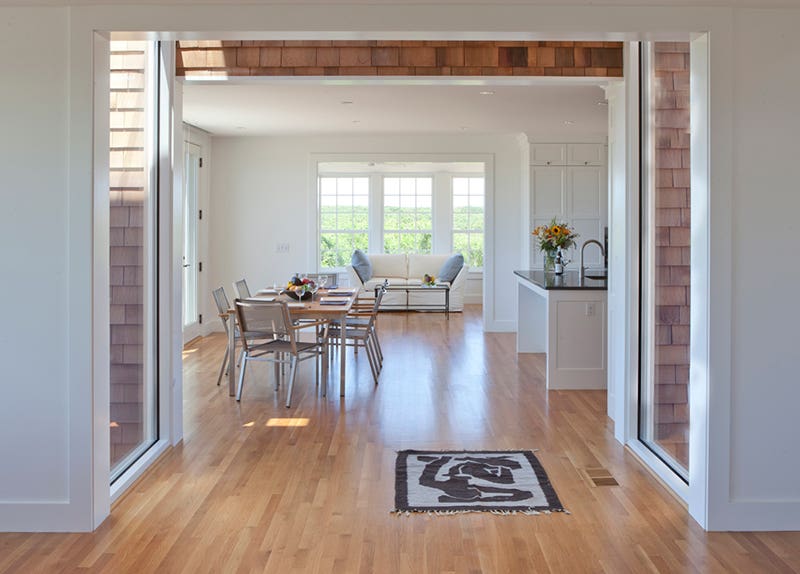
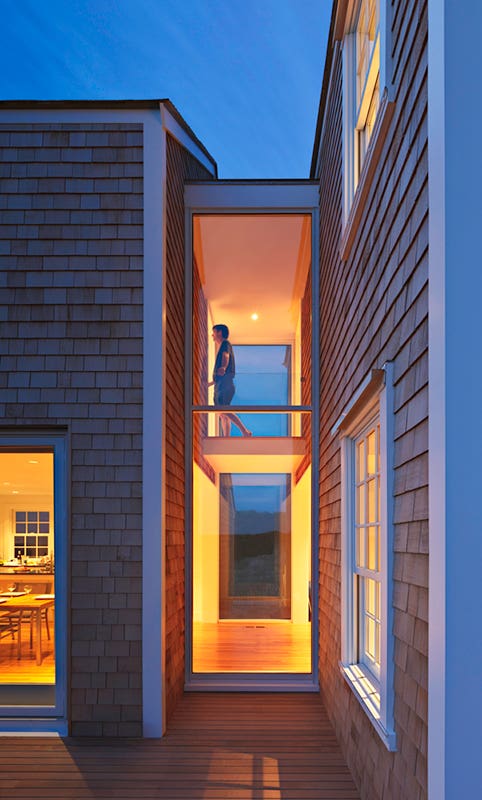
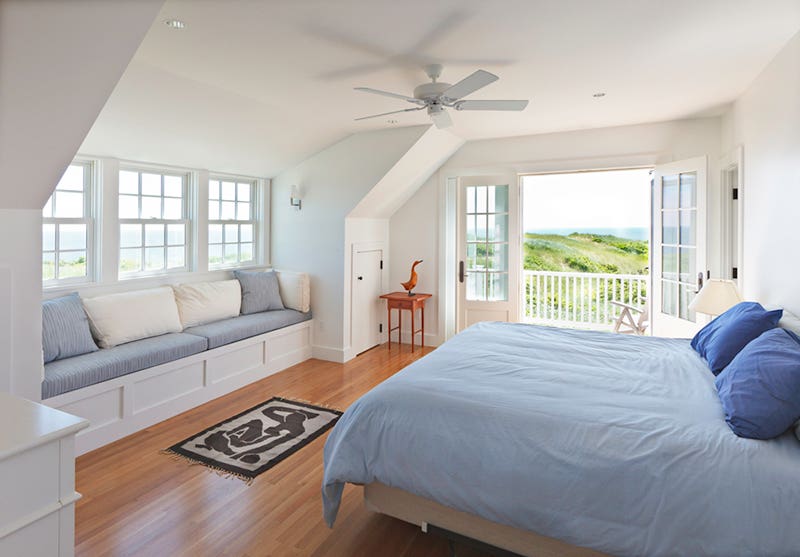
“But this shore will never be more attractive than it is now. Such beaches as are fashionable are here made and unmade in a day, I may almost say, by the sea shifting its sands. What are springs and waterfalls? Here is the spring of springs, the waterfall of waterfalls. A storm in the fall or winter is the time to visit it; a lighthouse or a fisherman’s hut the true hotel. A man may stand there and put all America behind him.”
– Henry David Thoreau, Cape Cod
Project: Cape Cod Cottage, Truro, MA
Architect: David Jones Architects, Washington, DC: David Jones, principal; Wouter Boer, associate; Aaron Adams, architect
General Contractor: Cape Associates Inc., North Eastham, MA
The 43,500-acre stretch between the Massachusetts’ towns of Chatham and Provincetown, known as the Cape Cod National Shore, has long been a source of artistic inspiration and historic legend. Designated by President John F. Kennedy in 1961, its beaches, bike trails and woods are a jewel of New England, and its spectacular views leave most –Thoreau excepted – at a loss for words.
It was here that longtime clients of David Jones Architects decided to replace their existing wind-worn cottage with their dream summerhouse. Having vacationed in the area for years, the clients were well aware of the challenges and rewards of the site, which has two distinct landscapes: The constantly shifting and reforming dunes of the Atlantic Ocean side, and the calm, brush-sheltered inland side. “The surrounding area is remote and largely untouched,” says Wouter Boer, associate. “There is some historical significance to the area – the Mayflower first landed, briefly, about eight miles from the site in Provincetown.”
As a consequence of dune erosion and winter storms, the clients’ 1940s cottage was badly deteriorated under threat from the encroaching shoreline – “the shore was literally eroding beneath it,” says Boer. With adult children and grandchildren visiting regularly, they needed a spacious new program that could accommodate more bedrooms, large relaxed living spaces and crucially, a quiet library to which they could escape.
That the clients wanted to capitalize on both aspects of the landscape was understandable, but tricky. “They wanted a house that would be protected from the wind-driven sand without requiring too much maintenance,” says Boer. “They also wanted ocean views. Reconciling those somewhat contradictory requests presented us with a unique challenge.”
The region’s vernacular structures suggested the answer. Studies of these shingled gable, saltbox and shed-roofed forms led the firm to consider three buildings, connected by glass hyphens and clad in unpainted shingles to stand up to the elements. Also in keeping with local precedents, the firm opted for small double-hung windows on the windward side. “On the whole,” adds Boer, “exterior materials were first and foremost selected for their ability to withstand weathering.”
All new construction within the region is strictly controlled by the National Seashore Commission, which granted the right to remove the existing cottage and build anew, in strict adherence with its guidelines.
The summerhouse’s height, footprint and exterior lighting were regulated to limit its visibility, and general impact upon the surrounding seashore. “The height restriction in particular meant that one typical ‘house’ form would have resulted in a larger, squatter building than we envisioned,” says Boer. “It is fair to say that the commission’s regulations, in part, led to our articulating the plan into three structures as we did.”
The new structure’s front-facing gable and saltbox forms on either side recall iconic New England fishermen’s cottages, despite their relatively modern composition. To avoid the same fate as the cottage, the house is located as far back as possible from the dunes within the required setback. Its components are arranged linearly along their southwest border with the protected inlands, allowing for flanking views of the ocean from the second floor. The hyphens of floor-to-ceiling glass are set back from the planes of the adjacent buildings for protection, and can be covered with removable hurricane screens as required. When open, they flood the interior with natural light and further open up the house to the surrounding views. “They are meant to disappear into the composition.”
Key products and craftwork for the project included aluminum glazing by Aroyan of Weymouth, MA; kitchen cabinetry by Kitchen Port Inc. of Orleans, MA; wood shingles by Cape & Islands Roofing and Siding of Mashpee, MA; stair and stair parts by Shepley Wood Products of Hyannis, MA; and hardwood floors by Lower Cape Floors of Eastham, MA.
While the windward side’s ocean views are discreet on account of its small windows, the leeward side’s large expanses of glass frame unobstructed views of the horizon – and its sunsets. “On the windward side, protection from the elements was our main focus,” says Boer. “On the leeward side we had the opportunity to loosen up a bit and embrace the incredible inland views the site has to offer. There we broke from our vernacular model and used large panes of glass, which sets up an interesting contrast on the interior of the house.”



